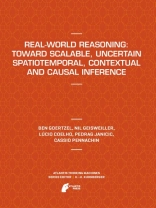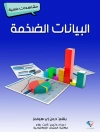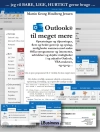The general problem addressed in this book is a large and important one: how to usefully deal with huge storehouses of complex information about real-world situations. Every one of the major modes of interacting with such storehouses – querying, data mining, data analysis – is addressed by current technologies only in very limited and unsatisfactory ways. The impact of a solution to this problem would be huge and pervasive, as the domains of human pursuit to which such storehouses are acutely relevant is numerous and rapidly growing. Finally, we give a more detailed treatment of one potential solution with this class, based on our prior work with the Probabilistic Logic Networks (PLN) formalism. We show how PLN can be used to carry out realworld reasoning, by means of a number of practical examples of reasoning regarding human activities inreal-world situations.
Jadual kandungan
Introduction.- Knowledge Representation Using Formal Logic.- Quantifying and Managing Uncertainty.- Representing Temporal Knowledge.- Temporal Reasoning.- Representing and Reasoning On Spatial Knowledge.- Representing and Reasoning on Contextual Knowledge.- Causal Reasoning.- Extracting Logical Knowledge from Raw Data.- Scalable Spatiotemporal Logical Knowledge Storage.- Mining Patterns from Large Spatiotemporal Logical Knowledge Stores.- Probabilistic Logic Networks.- Temporal and Contextual Reasoning in PLN.- Inferring the Causes of Observed Changes.-Adaptive Inference Control.












